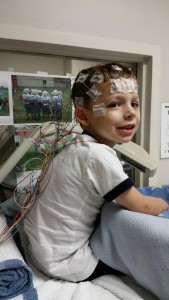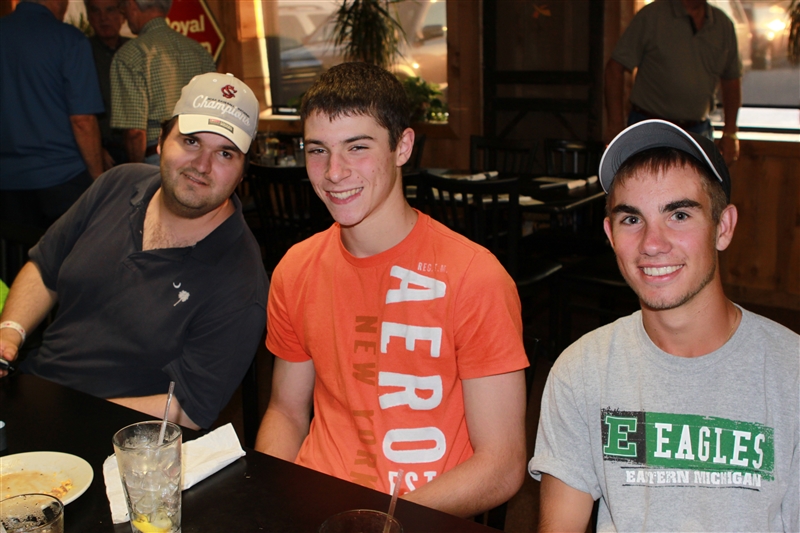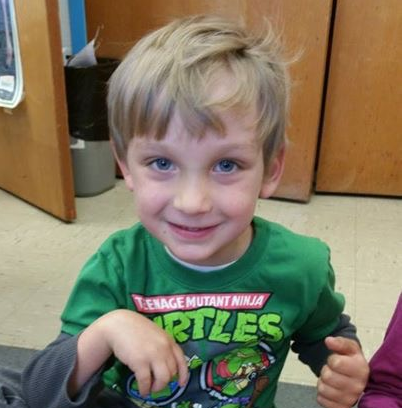Update: 1/10/18. This study has closed and is no longer recruiting participants.
The Children’s Hemiplegia and Stroke Association, CHASA, has teamed with Dr. Bernadette Gillick at the University of Minnesota to recruit participants for a research study, Comparing the Location of the Motor Cortex in Children Using Two Methods: EEG and TMS. Dr. Gillick has provided details about the study below.
Cerebral palsy affects an estimated 800,000 people in the United States, most typically caused by a stroke during development. Hemiparesis (weakness on one side of the body) affects approximately 25% of children with cerebral palsy. Non-invasive brain stimulation has emerged to influence improvements in hand function, specifically in children with hemiparesis due to stroke.
Stimulation over targeted areas of the brain can influence the activity of brain cells that may be dormant after a stroke. A traditional method that has been used to locate the area of the brain that controls hand function uses standard measurements based on the size of the skull. However, new evidence suggests that these measurements do not indicate the best site of stimulation for hand control in children with hemiparesis due to stroke. Another method of locating the optimal site for stimulation is to use non-invasive magnetic brain stimulation applied on the scalp.
Dr. Bernadette Gillick, PhD, MSPT, PT, Assistant Professor and Researcher in the Program in Physical Therapy at the University of Minnesota has received funding to conduct a study comparing the accuracy of these two methods in both typically developing children and children with hemiparesis.
The study consists of one 2-hour visit at the University of Minnesota in Minneapolis. Participants will receive a $50 Visa gift card upon completion of their participation.
Children diagnosed with hemiparesis must be 8-18 years old and meet the following criteria:
- Stroke which occurred before, during, or up to one year after birth – confirmed by most recent MRI or CT radiologic report
- Congenital hemiparesis
- No evidence of seizure activity within the last two years
Typically developing children must be 8-18 years old with no history of neurological diagnosis. Recruitment of typically developing children is complete at this time
This study is receiving funding from the National Institutes of Health and is approved by the University of Minnesota Internal Review Board.












